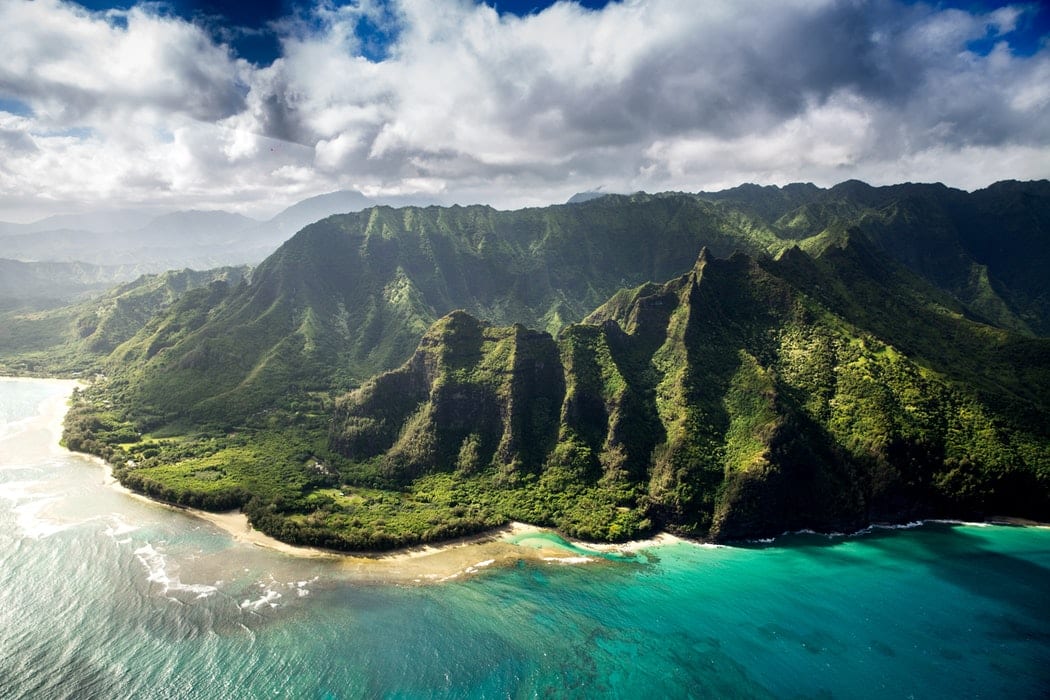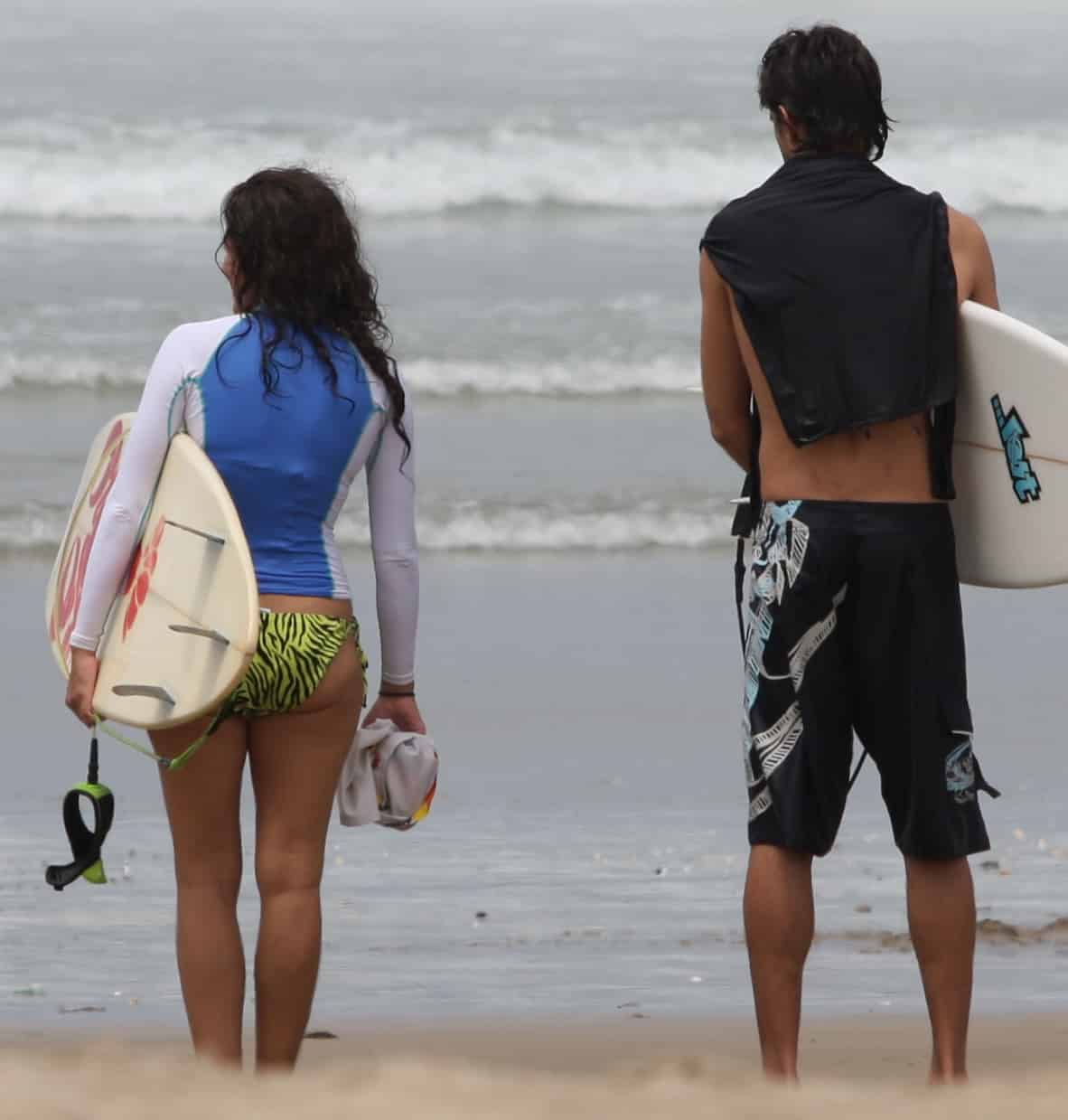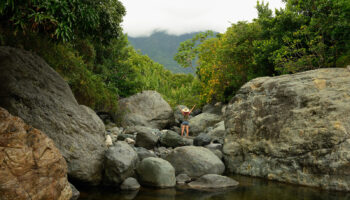Sunscreen is one of the first things most people think of when packing a beach bag. Everyone has experienced the misery of sunburn on a vacation and sun damage is the number one cause of aging in the skin, but sunscreen products are not just for skincare junkies! Every year we learn more about sunscreen’s importance, the best ways to use it, new ingredients that work better and old ingredients that don’t. It’s important to stay up to date on which products actually work while causing no harm to you, your family and the environment.
Amidst the wave of new products on the shelf, how do you know what works? Read on to ensure you are prepared to protect your skin and the environment in 2019.
Hawaii Makes Moves on Harmful Sunscreen Ingredients
The biggest change to sunscreen this year (and in a long time) is a new Hawaiian law that bans the use of oxybenzone and octinoxate, two of the most commonly-used sunscreen ingredients. Most sunscreen ingredients were approved in the 1970s and haven’t been reevaluated since and with concerns about the ingredients mounting for years, this decision marks an important move toward eliminating more harmful ingredients in the future.
Human and environmental health concerns led to the decision to ban the ingredients. These ingredients have been shown to cause coral bleaching (a highly-threatening illness), death and damaged DNA of coral larvae. In humans, the ingredients are linked to disrupting fertility and causing reproductive issues, as well as causing that stinging sensation you can often feel after applying sunscreen. Those with sensitive skin are especially better off skipping these two ingredients.
While Hawaii is the first state to go so far as to outlaw the sale, consumers in any location can choose to switch to a safer option.
What Should I Look for in Sunscreen?
There are two types of sunscreens: chemical and physical. Chemical sunscreens work by actually changing the UV rays when they hit your skin and breaking them down into heat. Harmful oxybenzone and octinoxate both fall into this category.
Physical sunscreens work by actually blocking the sun (thus the term sunblock) from reaching your skin. They sit on top of the skin and deflect the sun—think of the classic lifeguard at the beach with a white strip of zinc on their nose. While nowadays most of these products don’t leave a visible residue, this image is the most common example of a physical sunscreen at work.
The two best ingredients as of this writing to use in your sun protection are both physical: zinc oxide and titanium dioxide.
More companies are starting to produce these types of sunscreens as the market calls for it—both Stream2Sea and Coola have good options to reach for.
How Else Can I Protect the Coral Reefs & Beach Environment From Sunscreen?
Switching your ingredients is the most important step, but remember that whatever washes off of you ends up in the ocean. So, no matter what sunscreen you’re using, give it time to absorb—it’s more effective if given 10-20 minutes to soak in and less likely to wash off and cause environmental harm.
Change Up Your Application
Staying protected from the sun requires a little more than just one application in the morning. Using different products throughout the day is a good way to ensure no rays slip through your forces! Of course, you have your classic lotion sunscreens, but have you tried one in a powder form? They’re pretty new to the sunscreen game, but they’re highly-effective, less messy and convenient.
These quickly wash off if you’re swimming, so they are a great option for non-swimming activities. When going on a hike or playing sports, powders are really nice because they won’t melt and run down your face with sweat as a lotion will. They also have some of the mattifying and complexion smoothing effects of a powder foundation, so that’s an added bonus!
Some kids (and adults) are fussy about the feel of a lotion sunblock, and a powder sunscreen can quickly be dusted on comfortably. A stick sunscreen is also a handy choice for adding protection to highly-exposed areas like the nose and forehead when the sun strengthens throughout the day.
Sun Protection Without Sunscreen Lotion
Another great option, especially for families planning day-long beach excursions, is to simply slip on a rash guard. Think they’re only to protect surfers from rashes? Not at all! These incredibly lightweight, quick-drying shirts make protecting you and your kid’s delicate skin easy until removal—no wearing off in the water like a sunscreen. You can even buy rash guards with specific levels of UV protection so you go in the sun with confidence. Plus, it will make you look (or maybe just feel?) like Keanu Reeves in Point Break, and who doesn’t want that?
Bringing in more than one sun protection product will help your skin block more UVA and UVB rays (different products block different amounts of each) and help you keep both your skin and the environment healthy and beautiful in 2019!







